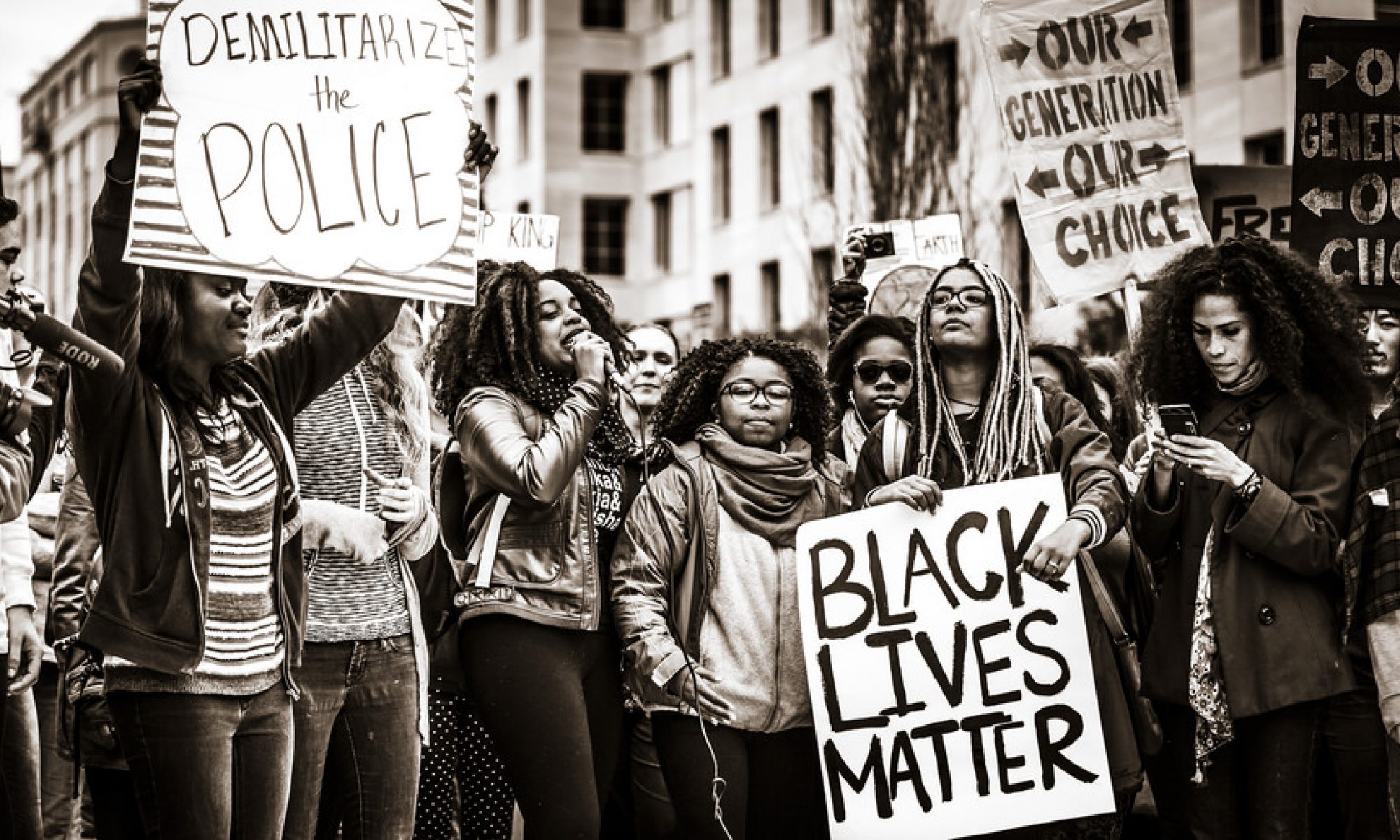To continue the story of the importance of black women in the 2020 elections, Richard Fausset from The New York Times wrote an article on recent Democratic appeals (particularly from Senator Harris and Mr. O’Rourke, but from many candidates) to black women as a voting bloc, who many Democrats consider a key demographic for winning the democratic primaries. https://www.nytimes.com/2019/03/28/us/politics/black-women-voting-south.html. The article traces how many of the major players are currently either appealing to certain issues or campaigning in specific locations geared at gaining the support of black women voters. Many of these appeals call upon identities of the candidate and relate them to specific struggles—either arguing ‘I can help you because I am like you’ or ‘I can help you even though I’m not like you.’
“Watching in the back of the crowd were Kadara and Kaywon Nelson, a black couple in their 30s, who had come out to learn more about Mr. O’Rourke. They were anti-Trump, but otherwise undecided. The biggest issue for Ms. Nelson, the campus safety compliance officer, was the cost of health care…They both said a candidate who could address the country’s issues was more important than finding one who represented their race. ”
As conversations surrounding the 2020 election continue to circulate, what is most important? Descriptive or substantive representation? Issues or the person pursuing them? Does treating black women as a ‘voting bloc’ in electoral politics disregard individual experiences and black women’s individual autonomy?
